Was it Columbus or Vikings?
Ancient Viking Village Predates Columbus by 500 Years
Newfoundland is a tranquil haven of thick boreal forests and miles of sea carved coastline where humpback whales breach and seals frolic in the ocean’s mist. This is the kind of awe-inspiring landscape that lives inside you long after you have left. It is a land where myths thought to be lost in time are proven to be true. It is a place where heroic and tragic tales of Thor, Loki, Leif Erickson, and Eric the Red are woven into this magical landscape.
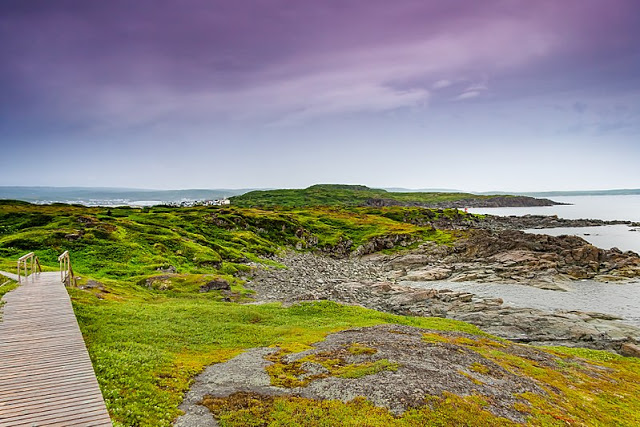
When people think of an island, they usually think of the type of island you can drive across in a few hours. That is not Newfoundland and Labrador! This area is expansive and, encompasses more than 156,000 square miles. Sometimes when exploring the vast outdoor wilderness of Newfoundland, you feel as though you are one of the first people to visit here…but, unfortunately, you aren’t, according to Norse Sagas!
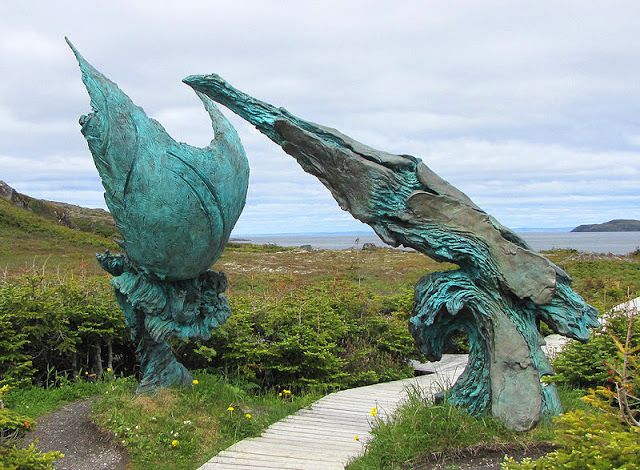
The debate about a Viking village at L’Anse aux Meadows was finally put to rest in 1968 when archeologists found a small bronze cloak pin. This and other discoveries such as a soapstone spindle piece, iron nails, rivets, the ruins of woodworking debris, turf structures, and charcoal proved Leif Erickson, and crews of Norse explorers settled in Newfoundland, or Vineland, as they called it, around 1,000 AD.
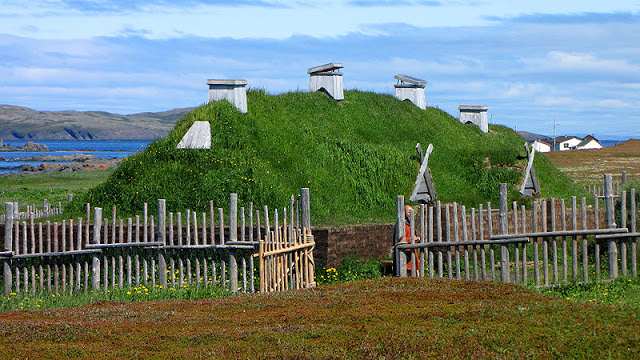
Situated at the northernmost tip of Newfoundland, Canada, L’Anse aux Meadows is the earliest evidence of European settlement in the “new world.” The appearance of the Norse in Newfoundland appears to have been the result of an expansion of livestock farmers across the North Atlantic that previously settled in parts of the British Isles, Iceland, and Greenland. They landed at L’Anse aux Meadows in the 11th century, 500 years before Columbus discovered America.
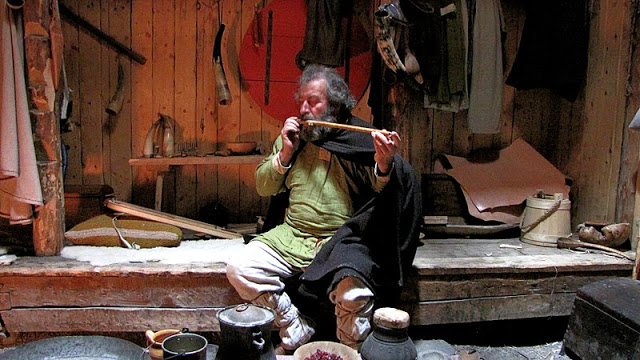
L’Anse aux Meadows is thought to be the location of Vineland, a place immortalized in Viking Sagas. Declared a UNESCO World Heritage Site in 1978, this site appears to have been a small settlement of eight Icelandic-style turf shelters that housed no more than 75 people, that were carpenters, blacksmiths, servants, and hired hands. Site studies indicate that L’Anse aux Meadows was used as a base camp to repair Norse ships, as a stopover to replenish supplies for the trip back to Iceland or Greenland, and most importantly, for expeditions further south. This settlement was used for no more than 15 years and was not an attempt at colonization because no barns or other structures associated with animals and farming were found here. Of food bones, all are seal, whale, or cod.
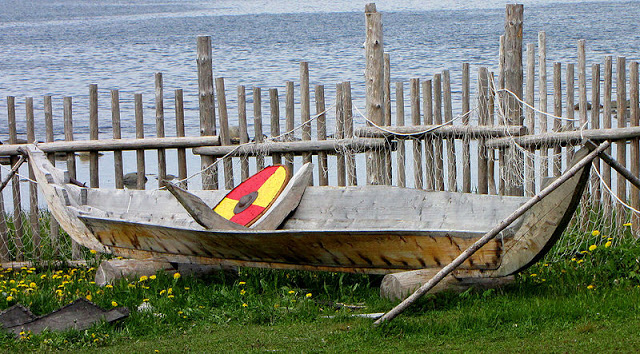
No one is sure why the Vikings left, although it is thought that the Indigenous Mi’kmaq, which had a large and dense population, may have provided a formidable resistance to Viking encroachments. Another factor is that Vineland lacked several essentials such as metal, textiles, spices, and the materials needed to make armor and weapons. Finally, the distance between Vineland, Iceland, and Greenland made this outpost unsustainable. Archeological evidence points to an organized departure because only broken things were left behind.
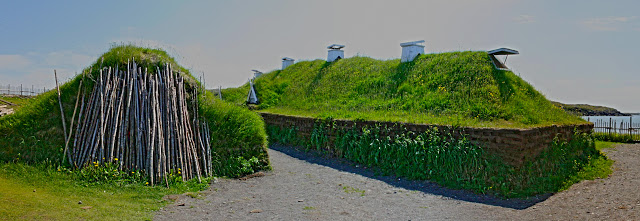
It is exciting to explore this historic site that represents such a large milestone in human migration and discovery. Today, visitors can step back to the 11th century at L’Anse aux Meadows with costumed interpreters that guide them around the recreated base camp where they will see original artifacts from this renowned archeological find. At the Viking Encampment, visitors will get a close-up look at Viking weaponry, tools, and cooking utensils, and find out how to turn bog iron into a nail. Visitors can even try their hand at blacksmithing, weaving, dyeing, and woodworking. At the Sagas and Shadows program, visitors gather around the kitchen fire and raise a glass of Viking cheer made from partridge berries and listen to the powerful stories of the Vineland Sagas.
Over many years, various accounts have placed Norse colonies in Maine, Rhode Island, and elsewhere on the Atlantic coast, but the only confirmed settlement is in L’Anse aux Meadows in Newfoundland.
To experience L’Anse Aux Meadows for yourself and dive into North America’s early history, check out our tour to Newfoundland that takes-in this incredible place.

